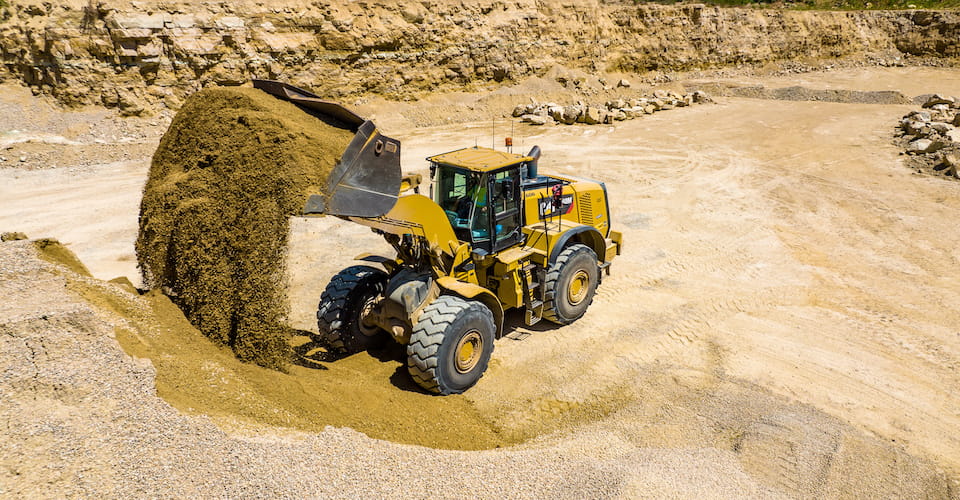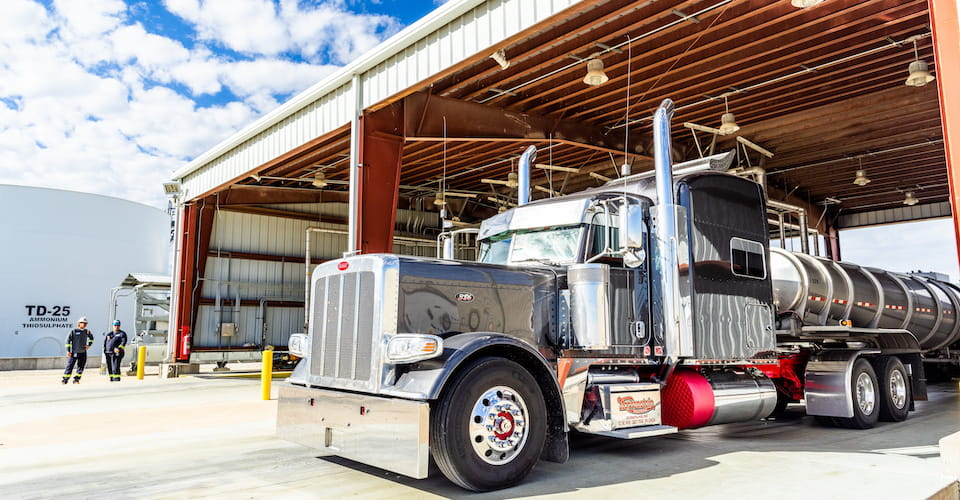
Storing lubricants over the winter isn’t an “anything goes” scenario. Even though you might not think a few months of hibernation could do any harm to your lubricants, improper winter storage can prevent them — and, in turn, your equipment — from performing their best come spring.
At the end of a long harvest season, it can be tempting to lock up the shop without a second thought to your fluids. But oil is the lifeblood of your machines, circulating through your equipment to keep key components protected and running smoothly. Using a premium-quality CENEX® LUBRICANT is a start, but storing it correctly through the down season is equally important to ensure you’re ready for planting season.
1. Inspect oil storage containers for damage.
From shipping out crops to dealing with weather, the chaos of harvest means it’s easy for oil containers to get damaged. A ruptured drum or tote is bad news because it exposes the lubricant inside to its worst enemy: the air.
Air exposure can be detrimental to a lubricant because of the humidity it brings. If a storage container is damaged, moisture can collect and contaminate the fluid inside, compromising its ability to lubricate and putting your equipment at risk.
Before closing up for the winter, inspect all oil containers to ensure they’re still airtight. In particular, check the seals on bung caps. If you find that your oil has been exposed to moisture, do not attempt to use it in your equipment.
2. Choose storage locations carefully.
Once you’ve inspected all oil containers, ensure they are stored in safe and temperature-controlled locations. A number of environmental factors can negatively impact the storage life of a lubricant. Fluctuating temperatures, condensation and airborne debris are all potential threats to stored fluids.
To minimize the risk of damage from the elements, always store lubricants and equipment in enclosed indoor facilities. Be sure to keep them away from heaters, doors or other areas prone to significant temperature changes.
3. Drain old oil from equipment.
As you’re winterizing, also consider the lubricants inside your equipment. If any of your machines are nearing their oil change interval, replace the oil now as opposed to waiting for spring. Not only will this give you a head start when planting season comes, but it will also help protect your equipment through the winter.
The longer an oil has been used, the less effective it becomes at preventing rust and corrosion while equipment waits in storage. Additionally, letting expired oil sit inside a machine through the off-season can leave acids and contaminants festering inside your engine for months on end.
Remember, when replacing oil in your equipment before winter, be sure to run the engine for at least 10 minutes. This will allow the oil to fully circulate, coating all moving parts with fresh protection prior to storage.
Before you and your equipment settle in for the winter, invest a small amount of time into storing your fluids the right way. If stored correctly, most lubricants can have a total shelf life of up to two years. LEARN MORE about protecting your operation with premium-quality lubricants from Cenex, or talk to YOUR LOCAL CENEX DEALER.












